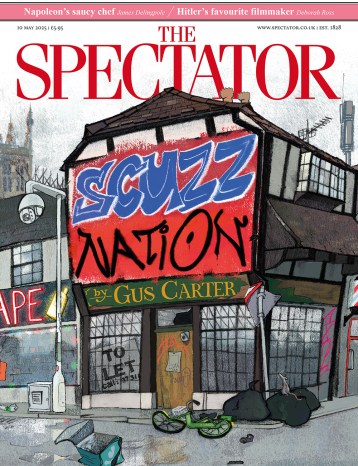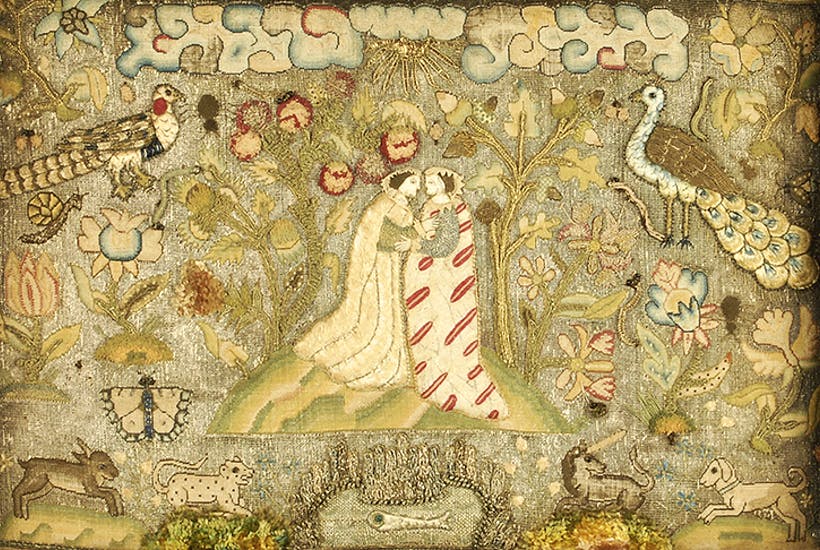In 1622, Elizabeth Joscelin wrote a letter to her unborn child. This was fairly common practice in Elizabethan England; pregnant women were encouraged to write ‘mother’s legacy’ texts in case they did not survive the birth. ‘It may… appear strange to thee to receyue theas lines from a mother that dyed when thou weart born,’ she wrote.

Disagree with half of it, enjoy reading all of it
TRY A MONTH FREE
Our magazine articles are for subscribers only. Try a month of Britain’s best writing, absolutely free.
Already a subscriber? Log in







Comments
Join the debate, free for a month
Be part of the conversation with other Spectator readers by getting your first month free.
UNLOCK ACCESS Try a month freeAlready a subscriber? Log in